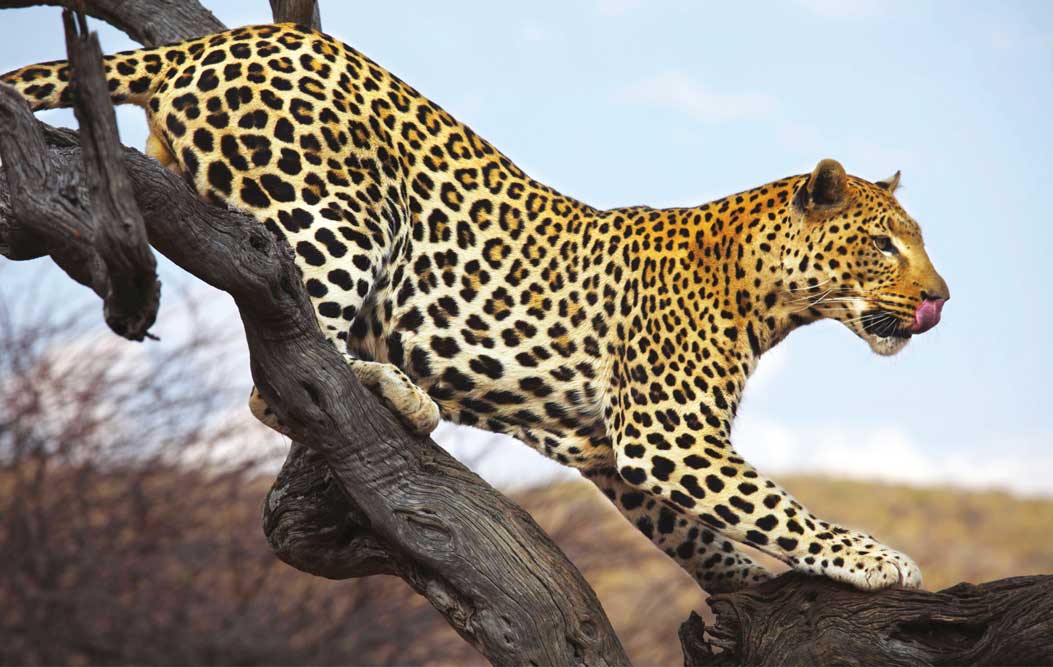WILDLIFE CONSERVATION
Sharing Living Spaces
Dr. Andrew Kittle highlights the importance of human-leopard coexistence to conserve Sri Lanka’s big cat

The Sri Lankan leopard is the island’s apex predator and only big cat. Magnificent, elusive and shrewd, it’s also endangered, vulnerable and decreasing in number.
According to Dr. Andrew Kittle – Founding Trustee and Principal Investigator for The Wilderness & Wildlife Conservation Trust (WWCT) – this leopard has always been resilient, overcoming hunting in the colonial era and other encroaching advancements that reduce forest cover.
Yet today, it is daunted with accelerated habitat loss, a larger human population and rapid development.
When it comes to conserving leopard, he cautions that Sri Lanka must “continue to carefully monitor the status of the species and actively ensure that adequate space remains for its needs.”
The importance of the leopard is increasingly being recognised among the people in today’s landscape, as growing numbers of groups and individuals are raising awareness and monitoring conservation-related scenarios.
Kittle stresses the need to raise awareness properly: “Focussing on the economic value of the leopard (e.g. through tourism) is a dangerous game; as by definition, it means that an alternative of higher economic value can replace it one day.”
 To battle the adverse outliers associated with development, he recommends a landscape approach – i.e. forming key corridors and connections between extant leopard populations. He advises against isolating leopard populations to one area as this causes inbreeding, leading to harmful effects and reducing their resilience.
To battle the adverse outliers associated with development, he recommends a landscape approach – i.e. forming key corridors and connections between extant leopard populations. He advises against isolating leopard populations to one area as this causes inbreeding, leading to harmful effects and reducing their resilience.
“There’s more to do so that solutions to environmental issues are centralised, crosscutting and legally supported, and people are aware of the illegality of practices such as poaching and snaring,” he points out.
Kittle adds that where people and leopards do not coexist easily, solutions must be targeted and incident specific.
“It’s a tired and worn maxim that communities need to be supportive for conservation to work but it has merit as they bear the brunt of negative interactions and are most likely to illegally use wildlife resources in times of strain,” he avers.
Inculcating the importance of leopard conservation among communities is key and for Kittle, the most sustainable avenue is children: “Ideals that are instilled in children tend to take root. Wildlife, ecology, ecosystem services and the need for intact forests should be taught in school curricula to educate children – and through them, society – on the value of these national treasures.”
He believes in Sri Lanka’s entrenched conservation ethic, stemming from its dominant religions.
In his closing remarks, Kittle states: “The age-old acceptance of sharing space is of vital importance to ensure the survival of the leopard,” concluding that “religion has brought Sri Lanka (and its wildlife) this far and will continue to have an impact as many people find their social direction from it.”



